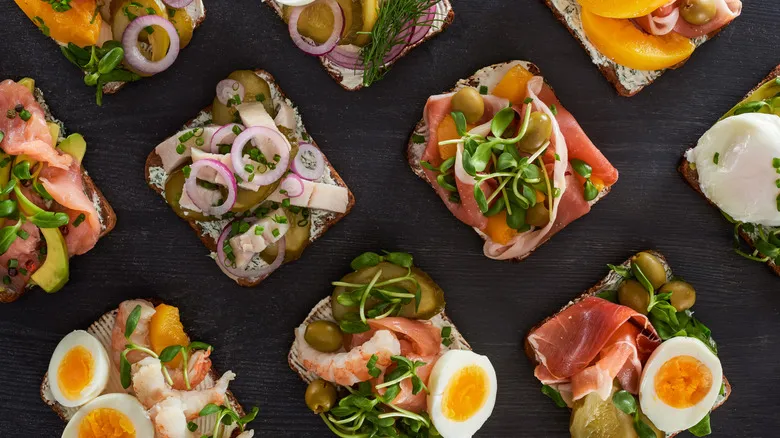The history of smørrebrød
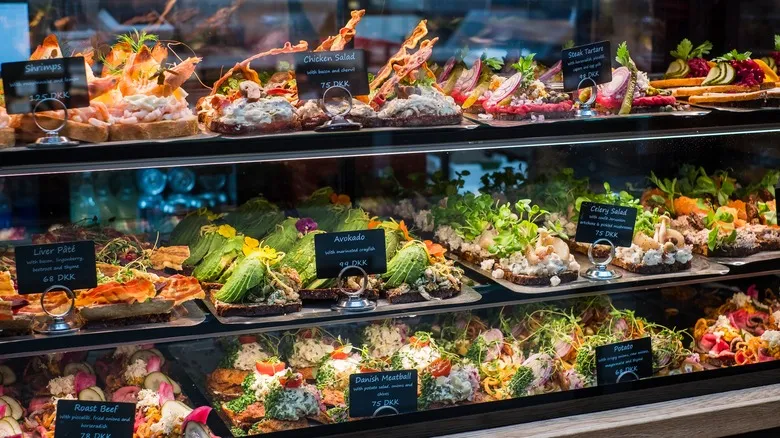
Like many delectable dishes, smørrebrød originated as a clever way to utilize leftovers. In the 1800s, the wives of Nordic farmers would prepare a midday meal for their husbands by layering remnants from the previous night's dinner onto a slice of bread. This practice was influenced by the medieval custom of consuming food on thick slices of bread known as "trenchers," which acted as substitutes for plates but had the added benefit of being edible (via Britannica). Traditionally, diners would first enjoy the toppings and then eat the bread, which had absorbed the flavors of the toppings.
By the late 19th century, as more people began working in factories, smørrebrød emerged as the ideal lunchbox option, leading to its increased popularity in Danish culture. Eventually, smørrebrød entered the commercial realm. One of the most significant contributors to the dish's history was Restaurant Oskar Davidsen, which opened in Copenhagen in 1888. Owners Oskar and Petra Davidsen offered over 170 varieties of smørrebrød, resulting in menus that could stretch up to 4 feet long.
In the 1970s, their great-granddaughter, Ida, took up the family legacy. She committed herself to promoting smørrebrød worldwide, visiting American restaurants to introduce the dish and even preparing it for passengers on commercial flights. Today, Restaurant Ida Davidsen in Copenhagen carries on the family's tradition, featuring a menu with over 250 different types of smørrebrød.
The proper way to eat smørrebrød
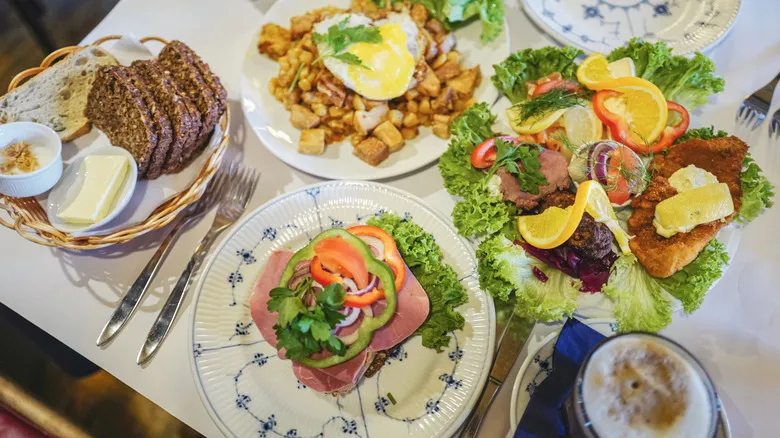
Smørrebrød are typically prepared on either white bread or a Danish-style seeded rye known as rugbrød, with each slice roughly the size of a playing card. Due to their small size, it's customary to enjoy more than one. A traditional smørrebrød lunch spread includes a variety of options, but there's a specific order in which they should be consumed. Ignoring the etiquette surrounding smørrebrød can be considered a social blunder, so to help you avoid any awkwardness with your Danish friends, here’s the proper way to enjoy these open-faced sandwiches.
The correct sequence for eating smørrebrød is: fish, followed by meat, and finally cheese. Start with fish, typically beginning with herring. Pickled herring is perhaps the most iconic topping for smørrebrød, often accompanied by raw onion, capers, and dill. After herring, you can proceed to shellfish options. Shrimp and egg smørrebrød, reminiscent of a shrimp salad toast Skagen, are particularly favored. Next, move on to the meats, with roast beef reigning supreme, traditionally served with onions, pickles, and a touch of horseradish. Potato smørrebrød, one of the few vegetarian options, is also enjoyed during the meat course. Finally, finish with cheese, with Danish blue being a popular selection. One important note: unlike the sandwiches you may be accustomed to, smørrebrød are eaten with a knife and fork to prevent the toppings from slipping off.
Recommended

The US State That Grows The Most Rice
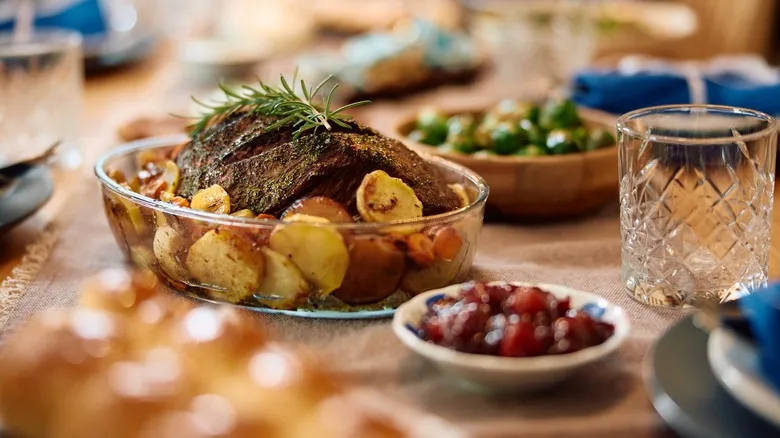
Why Brisket Is A Staple In Jewish Cuisine
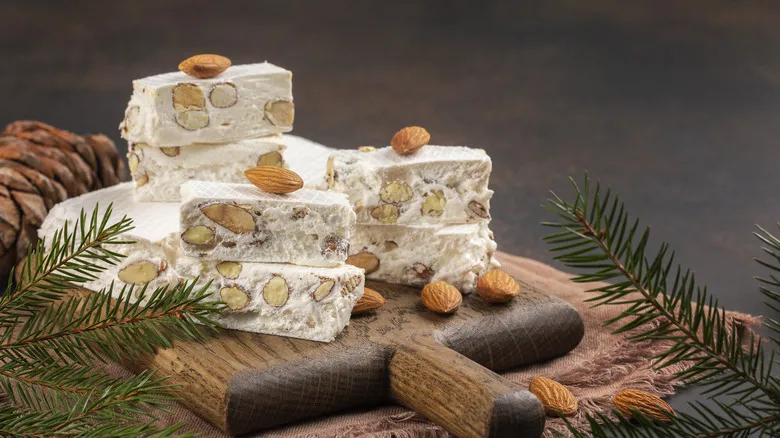
Everything You Need To Know About Nougat
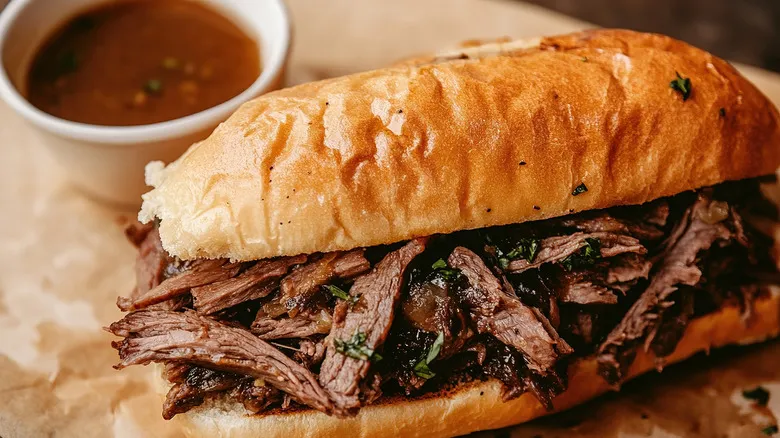
Did The French Dip Sandwich Really Originate In California?
Next up

